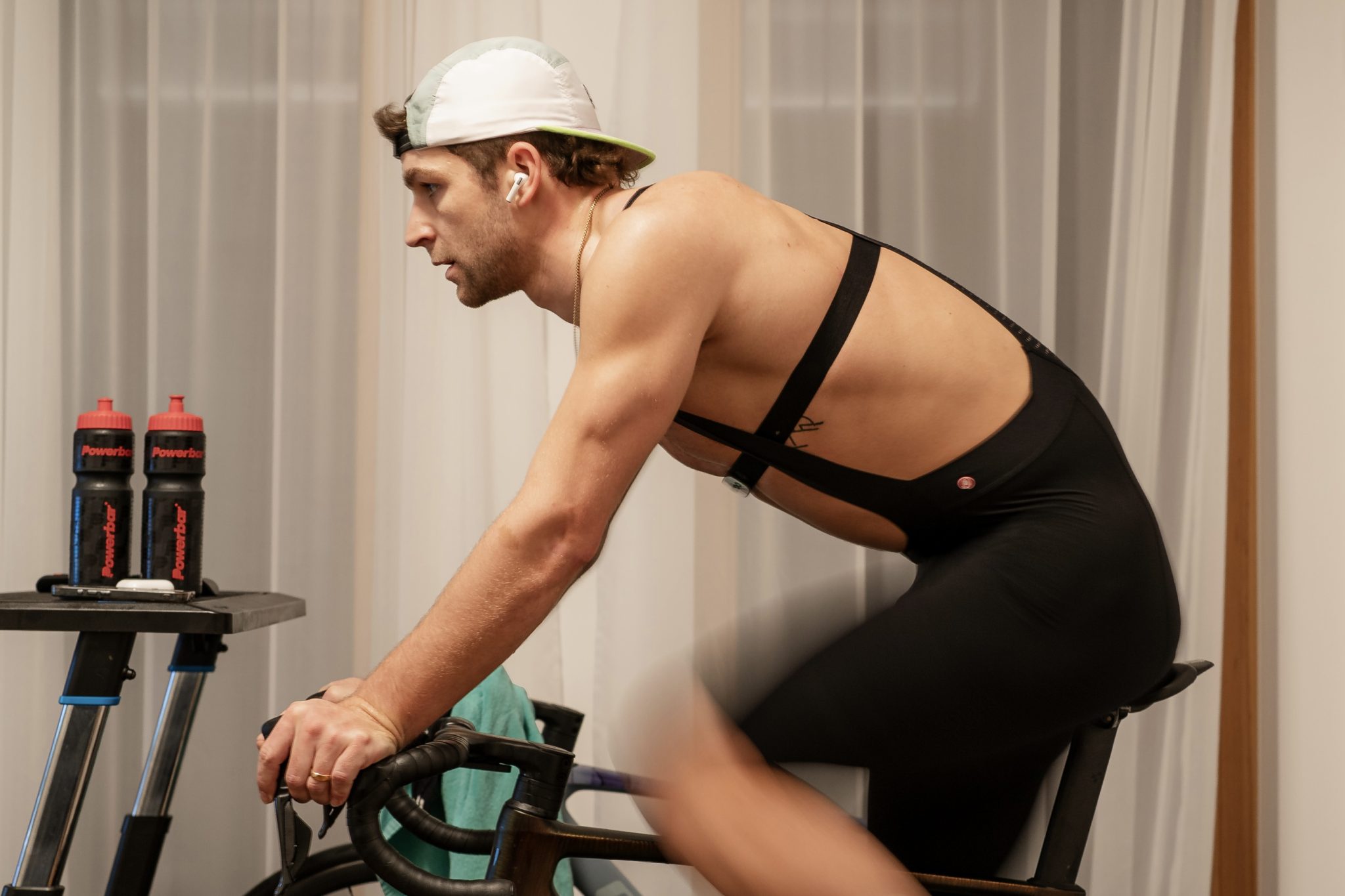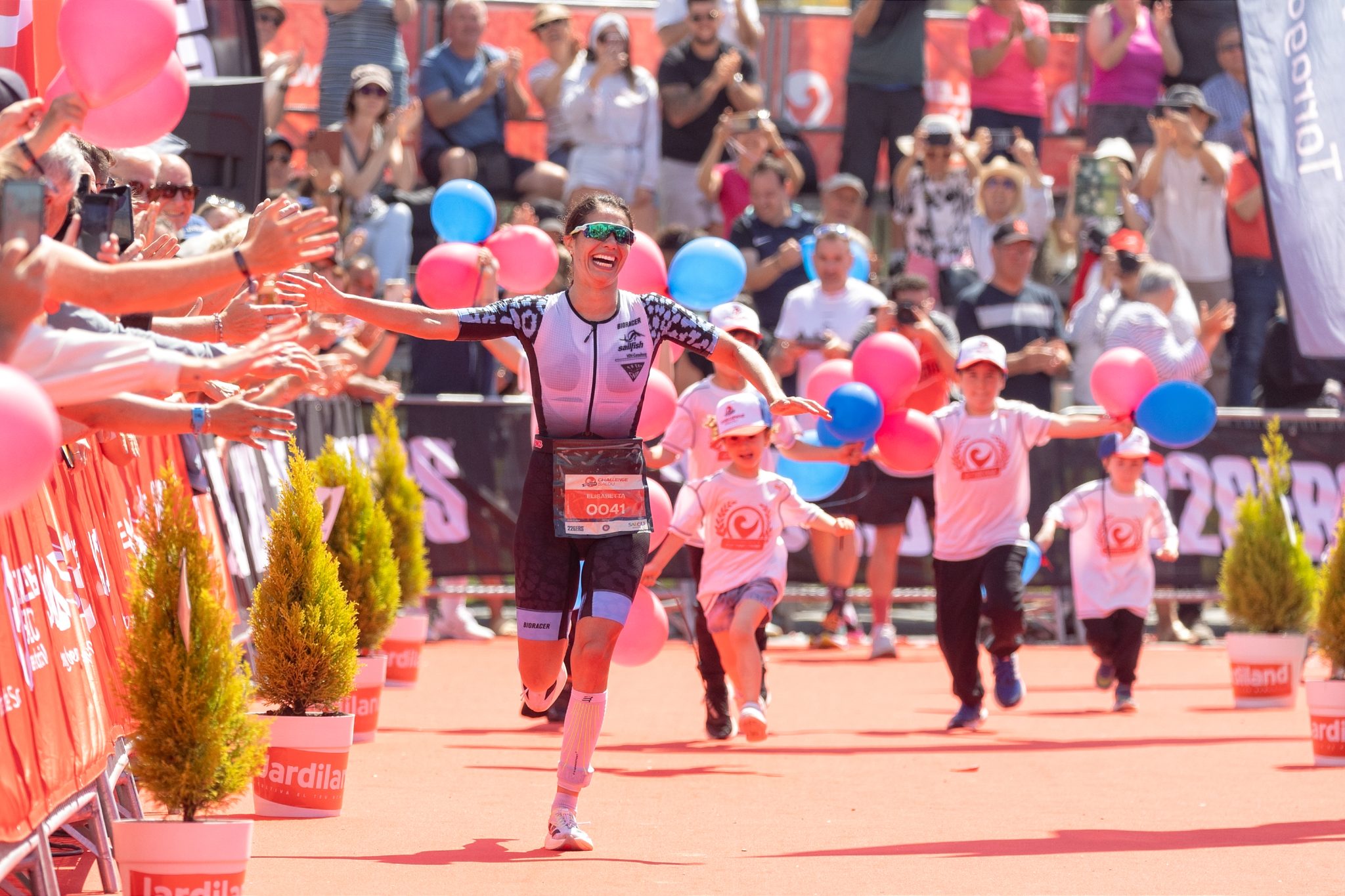Triathlete Magazine recently conducted an in-depth interview with Challenge Family CEO Jort Vlam. It makes for a great story that you can read below.
–editorial–
In 2024, it feels like all the big triathlon brands have decided to shake up professional racing — from the PTO’s evolution to the T100 Tour, to Ironman’s new pro series, to Super League’s rebrand to supertri. But behind the scenes, one major player has been quietly dominating the age-group landscape: Challenge Family.
Founded in 2002, Challenge now hosts more than 30 races — mostly middle- and long-distance — in 28 different countries. The North American footprint is small, with just one race in the U.S. and two in Canada this year. But in Europe and Asia, races like Challenge Roth and Challenge Taiwan draw upwards of 8,000 age-group athletes from across the globe. (For comparison, Ironman Texas this year, held the same weekend as Taiwan, drew 2,700 athletes.)
While race companies everywhere are still rebuilding post-pandemic, Challenge added 10 new races in 2023, and seven in 2024. Victoria Murray-Orr, head of global marketing and communications at Challenge, says many races are seeing even more participation than they did before 2020.
Challenge Family also hosts pro races – most notably, Challenge Roth, the brand’s flagship event and site of many an iron-distance world record. Its full pro calendar, highlighted by The Championship and an end-of-season world bonus system, attracts a wide range of pros, including those new to the pro ranks and do not qualify for series such as the PTO’s T100 Tour.
But the pros aren’t the stars of the show for Challenge. According to CEO Jort Vlam, age-group athletes will always be at the center of the sport. That community focus has allowed the brand to hold tight to its most beloved and historic races, like the 40-year-old Challenge Almere-Amsterdam, while continually expanding and tapping new markets worldwide.
Challenge is clearly doing something right when it comes to age-groupers — so what’s behind the sleeper series’ continued success?
How Challenge Family triathlon brings value to a venue
While athlete numbers hit 8,000-plus in some of Challenge’s most popular races, the goal isn’t always max participation. This year, Challenge is hosting its first race in Uzbekistan, a country with a fledgling triathlon culture and a brand-new Ministry of Tourism and Sports.
“There, you can actually develop something that is bringing value to people at quite a different level than having a big city race in Europe,” Vlam says. “It’s beautiful to see and that you can actually change something and help to define it.”
The brand is also partnering with the Turkish Triathlon Federation to expand racing opportunities in the Balkan region.
At the same time, Challenge acquired the Barcelona Triathlon in 2023 and the popular Triathlon Esprit de Montréal for 2024, capitalizing on existing triathlon markets in destination cities.
“We believe in a long-term relationship on every level, and we know an event can only be successful if all the parties are happy,” Vlam says. “It’s not only the athletes. It’s also the local community, the citizens, the clubs, the volunteers, the commercial partners, the authorities. All of those stakeholders have to see the added value of the event.”
Athlete-friendly innovations from Challenge Family
At first, it seems Challenge is succeeding because it’s staying the course, not reinventing the wheel. That’s partly true, but the brand is also using emerging technology to reach new athletes and making small tweaks to meet the needs of its community.
Earning free entries through training
In April, Challenge announced a partnership with an app called Muuvr, which tracks users’ fitness activities and rewards them with “Muuvs.” Muuvs can be cashed in for free entries to Challenge races, eliminating the sport’s cost barrier – especially for newbies. Challenge entry fees are already low compared to other brands: the middle-distance Challenge Pegeura-Mallorca costs €225, or roughly $243 USD, to enter; Ironman 70.3 Portugal, the same weekend, costs €384 euros/$415 USD to enter, while T100’s Ibiza entry fee is €399/$323 USD.
The intriguing thing about Muuvr is that it rewards users’ activities based on their own unique activity level. For instance, an athlete who’s just completed their first-ever 5K will earn more “Muuvs” than an experienced runner going for a 5K recovery run.
“It rewards you for actually improving yourself, and this is something that really resonates with us,” Vlam says. “It’s also a bit of an experiment because it’s new, and we want to see how it works.”
You can read the full editorial here.



